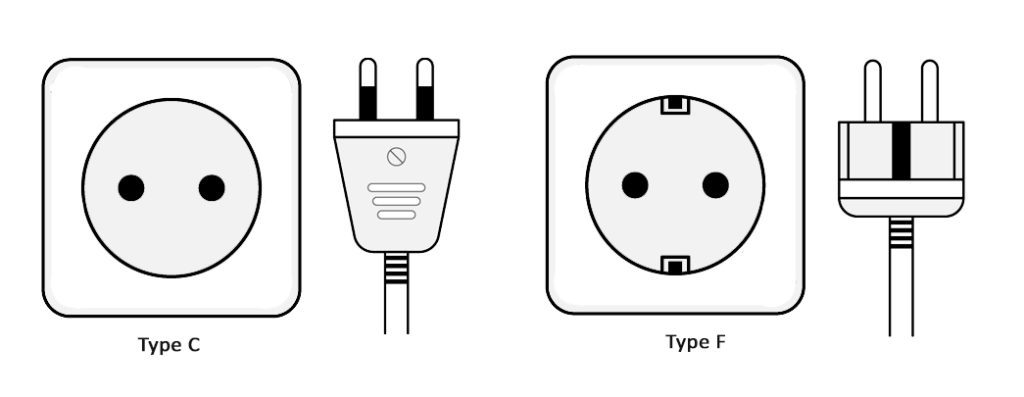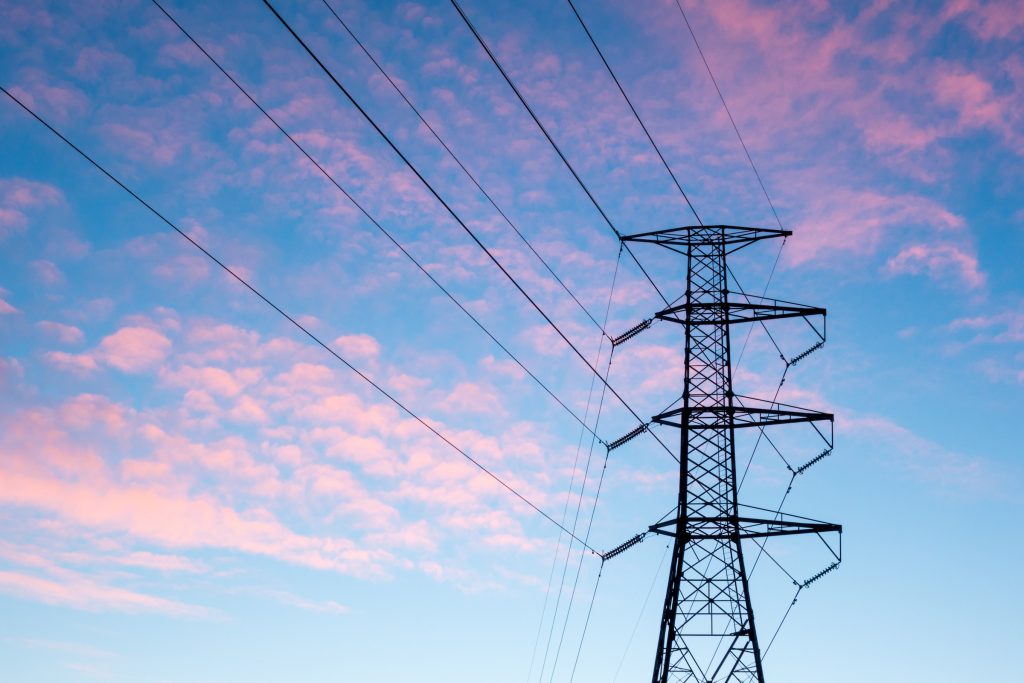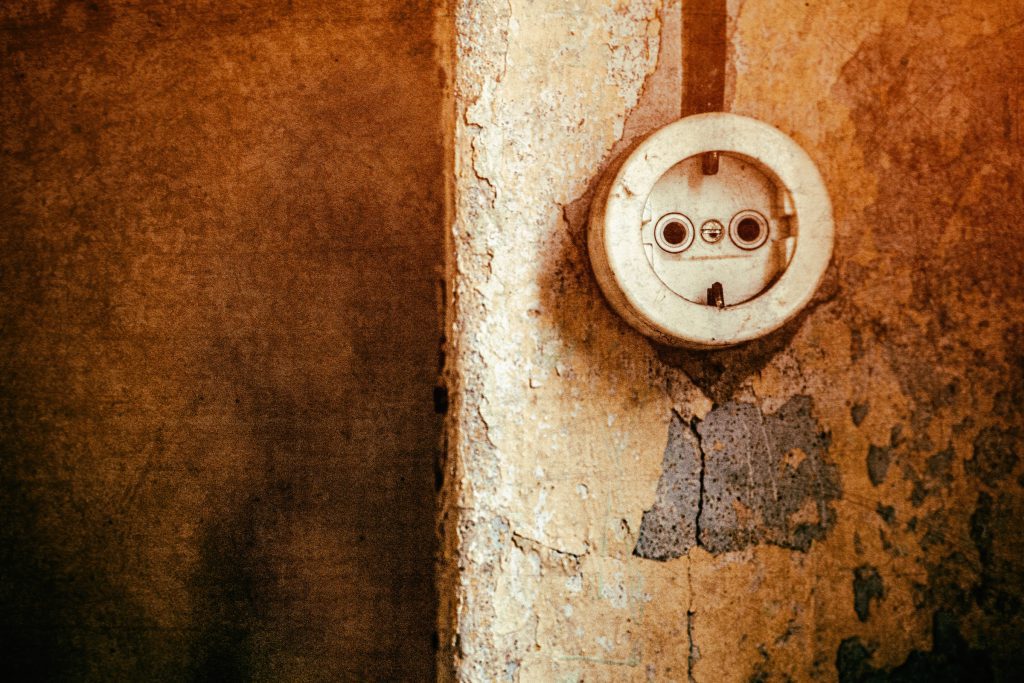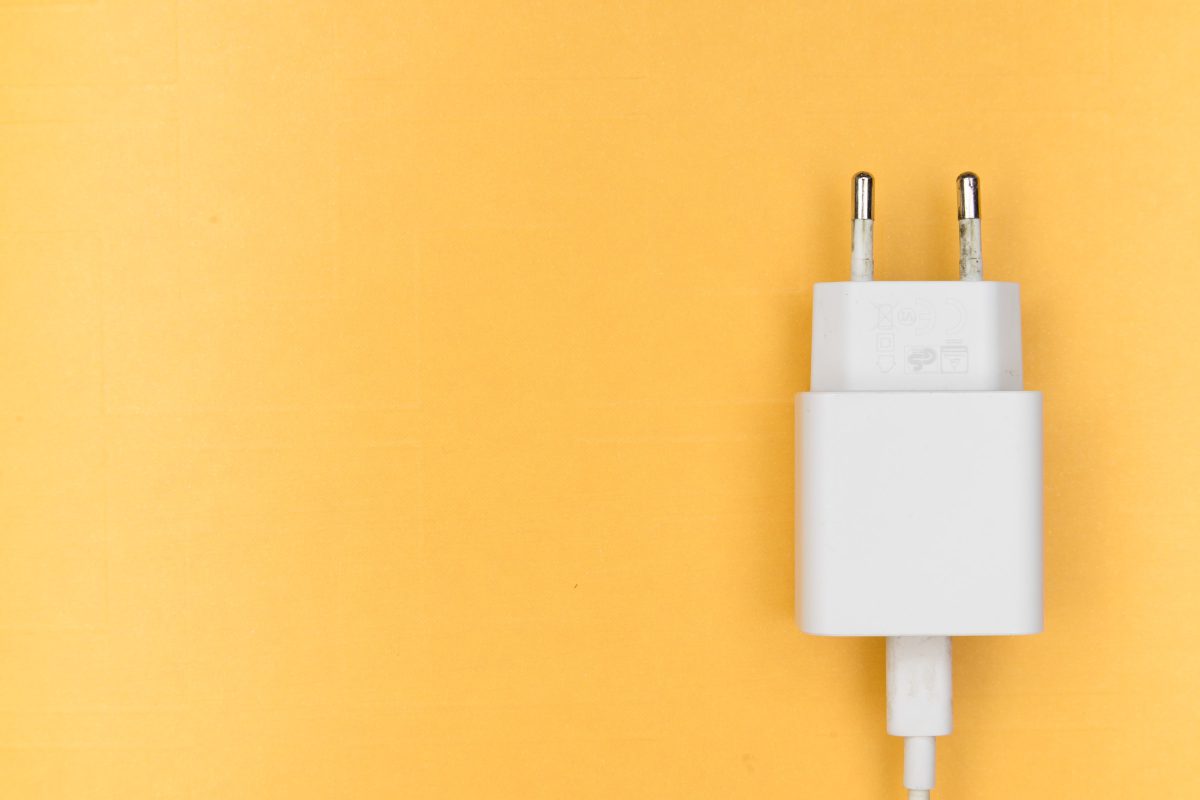Table of Contents
Are you planning an exciting journey to Iran? Perhaps you’re already packing your bags and preparing your itinerary. While you’re thinking about all the incredible places you’ll visit and the delicious Persian cuisine you’ll savor, have you considered something as essential as power sockets and electricity? Probably not, but fear not, fellow traveler! In this comprehensive guide, we’ll take you through everything you need to know about Iran’s power sockets and electricity, ensuring that your trip is both electrifying and hassle-free.
Understanding Iranian Power Sockets

Before you dive into packing your bags for your adventure in Iran, there’s something important you should know about – the power sockets. Think of these as the gates to charge up all your trusty gadgets and gizmos. In Iran, these power sockets mainly fall into two categories: Type C and Type F.
Type C Sockets: These are the friendly two-pin sockets you’ll often come across in Iran. They’re a bit like the basic building blocks of power sockets – simple and straightforward. If you’ve traveled to Europe before, you might have seen these as well. They’re your go-to if you’re carrying devices with standard European plugs.
Type F Sockets: Now, these ones are slightly different. Picture two round pins, and you’ve got the Type F socket. They’re not as common as Type C sockets in Iran power outlets, but they still show up now and then. So, if you’re packing devices with those round, chunky European plugs, you’ll need these.
Iran Voltage: What You Need to Know

Understanding Iran electricity voltage is as important as packing your favorite travel essentials. Here’s the deal: Iran electricity voltage is 230V and the frequency is 50Hz for their power supply. But why should you care about these numbers? Well, it’s all about making sure your gadgets play nice with their sockets.
Voltage Check: Imagine your electronic gadgets are like different characters in a story. Iran’s 230V is like speaking a different language compared to the 120V in the United States. If your gadgets don’t speak this ‘voltage language,’ they might not work properly. In fact, they could get a bit grumpy or even refuse to work at all. Nobody wants that!
Frequency Fun: Now, think of frequency as the rhythm of the music your gadgets dance to. In Iran, the music plays at 50Hz. Some gadgets, especially those with motors, are picky about the rhythm. If they’re used to a different beat, they might not perform their best dance moves.
Safety First: Using gadgets that don’t speak the right voltage language can be like trying to fit a square peg into a round hole – it just doesn’t work and can be risky. You don’t want your gadgets overheating or causing trouble, right?
The Two-Pronged Challenge

Iran power plugs often leave travelers puzzled due to the two-pronged design. Make sure your devices have the right plugs or adapters to fit into Iran socket types.
Adapters: Your Best Travel Companions
Invest in a good quality universal adapter before you embark on your journey. Universal adapters are versatile and work in most countries, including Iran. They are compact, easy to carry, and a lifesaver when you encounter different socket types during your travels.
Buying Adapters in Iran
If you happen to forget your adapter, don’t worry. You can easily find adapters in local electronics shops or markets in Iran. However, it’s always better to be prepared and bring one with you.
Power Surges and Voltage Stabilizers
Iran’s power supply can sometimes be unpredictable, with occasional power surges. To protect your valuable electronic devices, consider packing a voltage stabilizer or surge protector.
Charging Your Gadgets
Now that you’ve sorted out the sockets and adapters, let’s talk about charging your gadgets. Most modern electronic devices, such as smartphones and laptops, are designed to handle voltage fluctuations. Still, it’s a good practice to check your device’s specifications to be sure.
Alternative Power Sources in Iran
In remote areas or during outdoor adventures, you might not have access to conventional power sources. Consider bringing portable chargers, power banks, or solar chargers to keep your devices running.
Solving Common Power Socket Problems
Encountering issues with power sockets can be frustrating, especially when you’re in a foreign country. Learn how to troubleshoot common power socket problems like loose connections and blown fuses.
FAQs about Iran Power Sockets
Q1: What are Iran power sockets?
A1: There are two types of European standard electrical sockets: the “Type C” Europlug and the “Type E” and “Type F” Schuko.
Q2: What kind of power adaptor do I need in Iran?
A2: If the plug of your electronic device does not match the types C and F, it’s necessary to obtain a suitable travel plug adapter.
Q3: What is the standard of voltage and frequency in Iran?
A3: The standard Iran voltage is 220 V and the frequency is 50 Hz.
Q4: What is Iran plug type?
A4: Iran uses Type C and Type F plug sockets.
Q5: Can I use my American devices in Iran?
A5: Yes, you can use American devices in Iran, but you’ll need a suitable adapter to fit the Iranian power sockets.
Q6: Where can I buy adapters in Iran if I forget to bring one?
A6: You can find adapters in local electronics shops or markets in Iranian cities.
Q7: Can I charge my devices in remote areas of Iran?
A7: Yes, you can use portable chargers, power banks, or solar chargers to charge your devices in remote areas.

